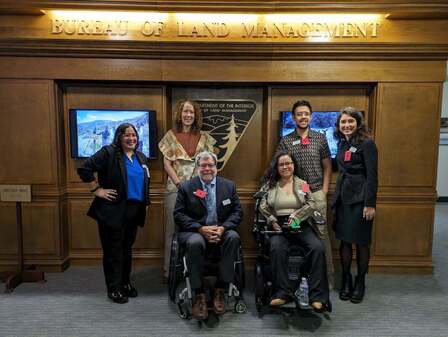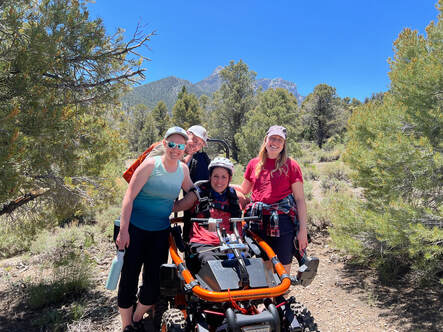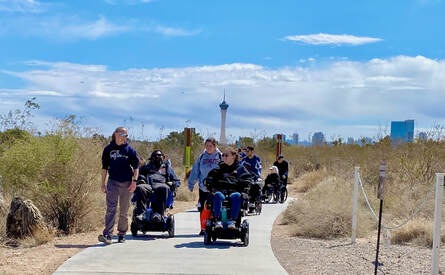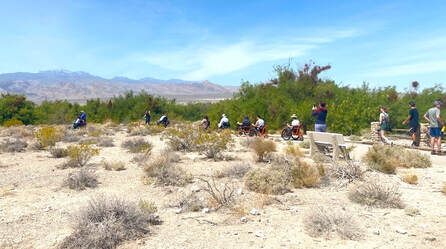|
Our recent sponsors
Trail Access Project would like to thank the following organizations who have recently helped us provide access to nature for individuals with disabilities through grants and other awards: Christopher and Dana Reve Foundation Craig H. Neilsen Foundation REI Cooperative Action fund Hoppers for Heros Conservation Lands Foundation National Environmental Education Foundation Photos from our recent Adaptive Hiking Events
TerrainHopper hiking on the Sawmill Loop Trail, Spring Mountains National Recreation Area
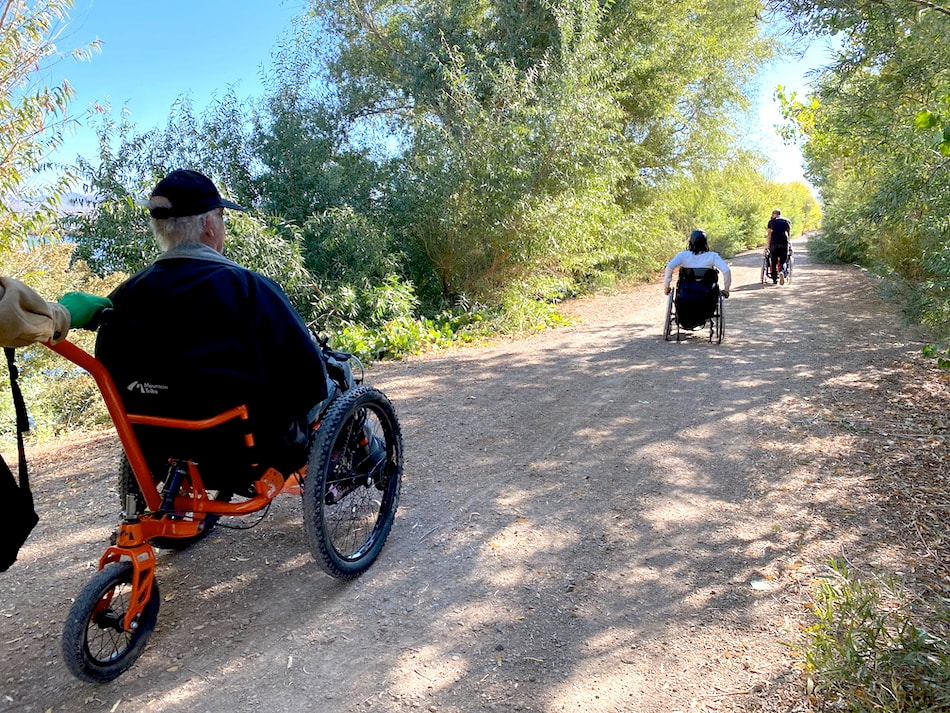
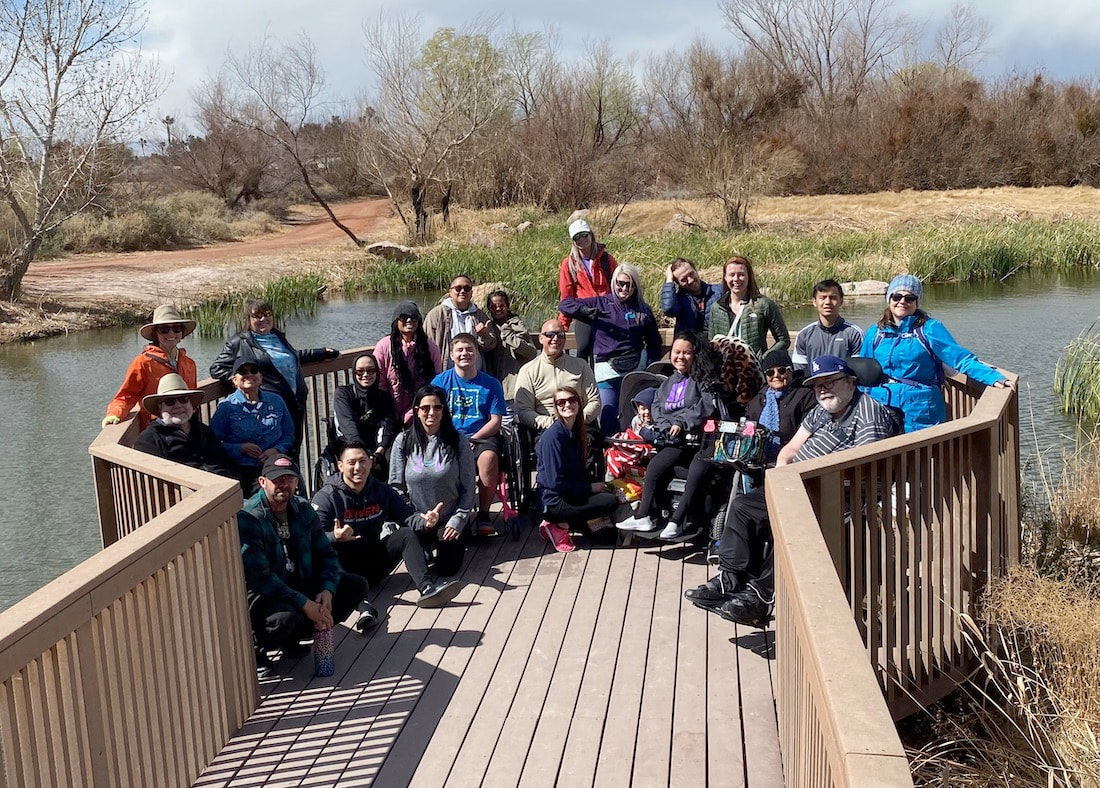
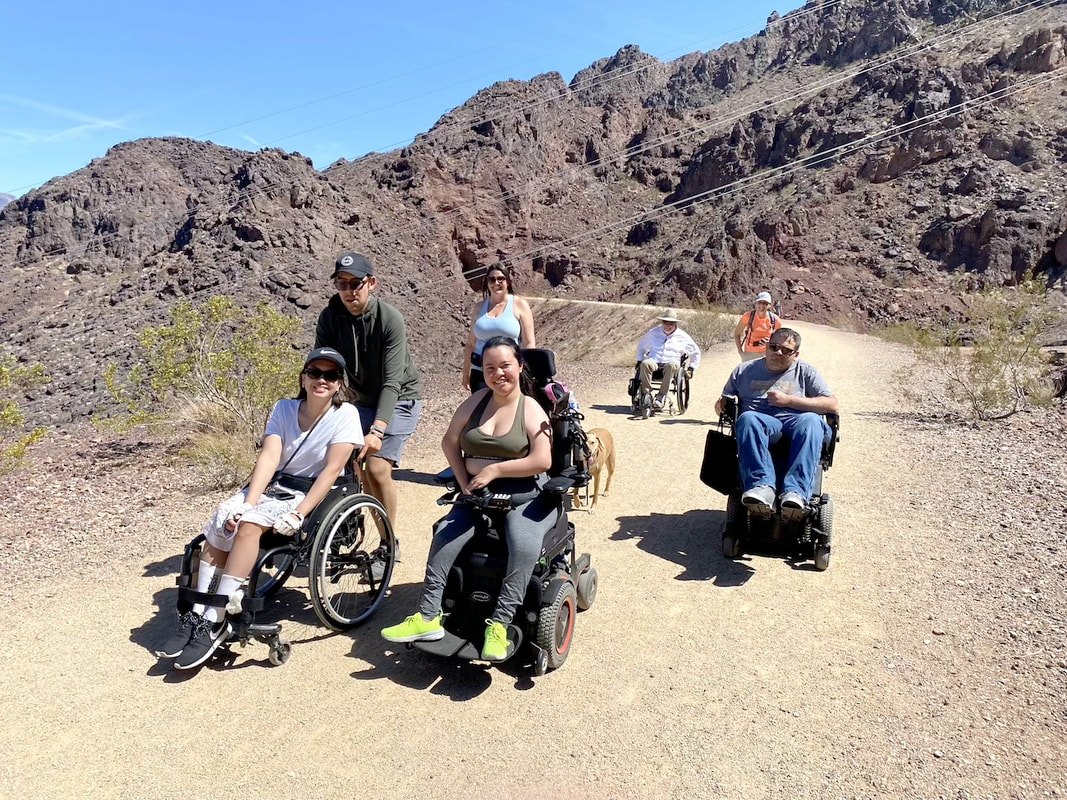
|
Adaptive hiking with the TerrainHopper on the Alpine Lower Bristlecone Trail at Lee Canyon.

New date scheduled: Friday, September 20 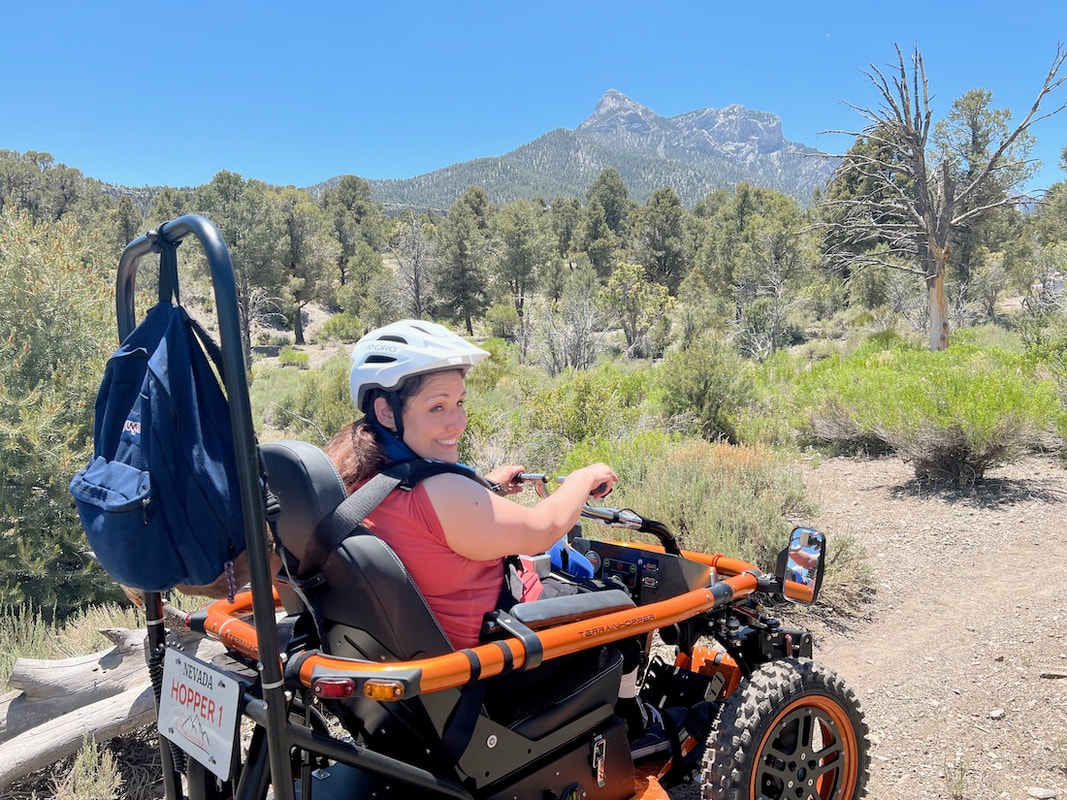
Trail Access Project now has two electric-powered TerrainHopper 4-wheel-drive mobility devices thanks to generous grants from the National Environmental Education Foundation, Hoppers for Heroes, and the Christopher and Dana Reeve Foundation..
What is Adaptive Hiking?Adaptive hiking is the enjoyment of trails by people with disabilities through improvising techniques. Techniques include personal assistance and/or adaptive equipment such as manual wheelchairs, powerchairs, handcycles, rollators, walkers, canes, crutches, or white canes--whatever works best for us individually to enjoy being outdoors on a trail. That's what Trail Access Project is all about.
Adaptive Hiking TrailsAdaptive hiking trails are any hiking trails that have characteristics that allow individuals with a physical disability to enjoy them. These characteristics relate to grade, cross slope (sideways inclination of the surface), surface firmness, and any obstacles, such as rocks, roots, or steps. Adaptive hiking trails may be natural-surface pedestrian paths, multi-use greenways, paved bike paths, remote backcountry trails, or what are typically called "wheelchair accessible trails".
In our Adaptive Hiking Trails project we want to provide trail characteristics related to accessibility so that you can decide for yourself whether a trail is suitable for your personal strengths, interests, and safety. We especially want to find backcountry trails, those that take us further away from the crowds. Accessibility of a trail is very personal because each of us have different strengths and adaptive equipment. We don't rely on terms like "accessible", "ADA", or "Wheelchair accessible" trail because what is accessible to you may not be accessible to me. For example, the video above shows that there are many kinds of wheelchairs, some built especially to more rugged trails. |
